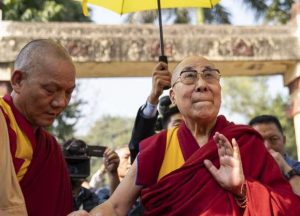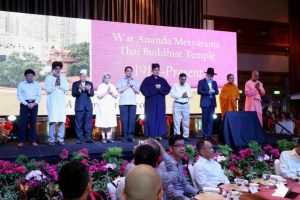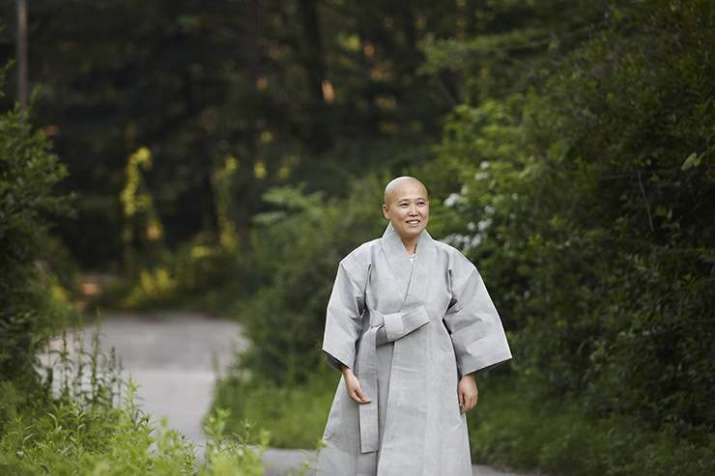
Striving to introduce Korean temple food to a global audience, Korean Buddhist nun Wookwan has written an English-language cookbook on temple food, titled Wookwan’s Korean Temple Food: The Road to the Taste of Enlightenment. Published last month and the first of its kind in English, the book focuses on Korea’s jang (fermented sauce) culinary culture and introduces 41 recipes, some of which feature Western ingredients.
The Buddhist chef, who has garnered global fame by participating in the Netflix documentary Chef’s Table, has written two other cookbooks in Korean, however her travels and interactions abroad inspired her to write the third in English.
“I have had many opportunities since 2010 to introduce Korean temple food in the US or other countries,” she explained to The Korea Times. “When I was in New York in 2010, I visited the Culinary Institute of America and noticed there weren’t any Korean cookbooks in the library. That’s when I thought it would be nice to write an introduction to temple food if I had the opportunity. Then later I was approached by a publisher in the US run by a Korean who felt the need for this type of book. That’s how this project started.”
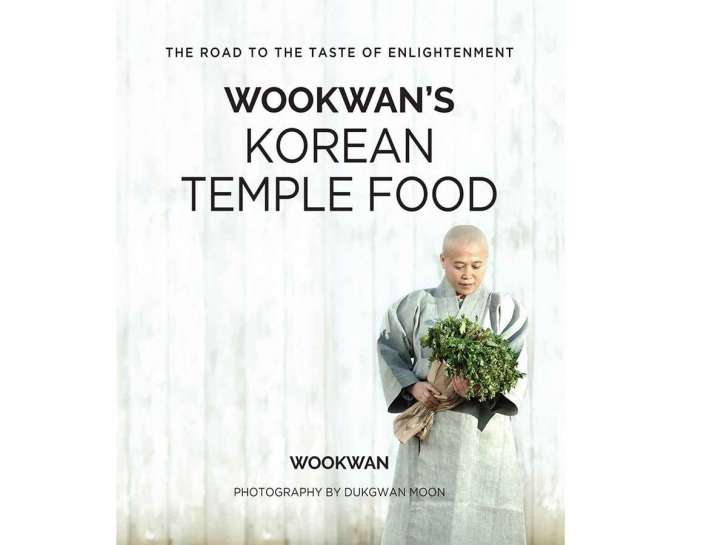
Wookwan, who is the head of Mahayeon Temple Food Cultural Center and an expert member of temple food at the Cultural Corps of Korean Buddhism, has been preparing and eating temple food for a long time. She became a Buddhist in 1988 and obtained a master’s degree in Buddhism at the University of Delhi in India. It was during her time at a Buddhist nursing home that she discovered how much she enjoyed preparing the “right” food. When, in 2009, a fellow monk suggested that she showcase her dishes at a temple food event, her culinary career skyrocketed and since then she has participated in various global culinary events.
According to Wookwan, Buddhist temple food is “basically about gongyang—offering everything from food to thoughts for the Buddha. As Buddhists eat for training, preparing and eating food are part of the process of enlightenment.” (The Korea Herald)
“One must reflect on which ingredients are used, where they are from, how they are prepared by whom and how they will affect the body,” she added. “Eating according to the bodily needs, rather than what the palate desires, is important.” (The Korea Herald)
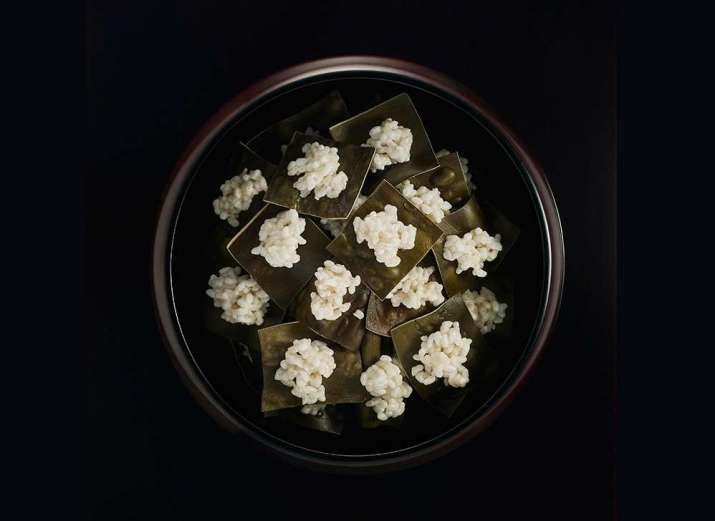
Buddhist temple cuisine is eco-friendly and vegetarian. It does not use meat or animal products, except for some dairy elements such as milk. In addition, it also avoids the five pungent vegetables, otherwise so characteristic of Korean cooking, that are said to distract the mind—garlic, chives, green onions, leeks, and onions.
Every single grain of rice is treated with respect. And even the water and pickled radish used to rinse the dishes at the end of a meal are consumed. “But it’s not just about some rules and regulations. It’s more about the overall philosophy—being thankful and appreciating what you have,” according to Wookwan. (The Korea Herald)
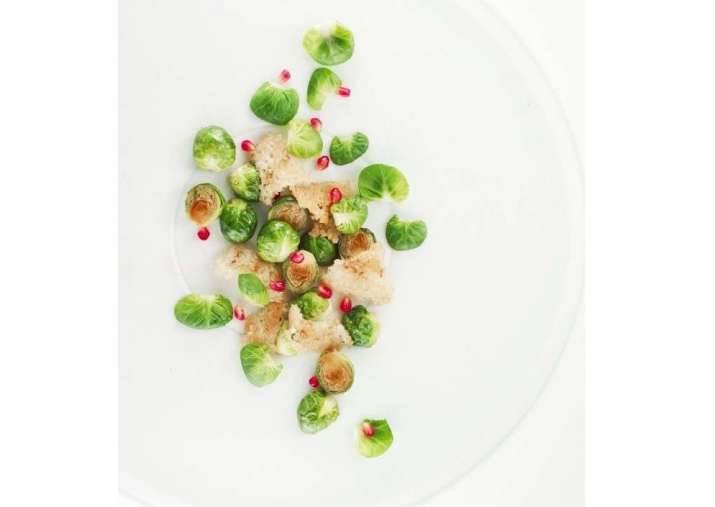
The 41 recipes in the book include traditional Korean temple dishes such as a steamed lotus root dish with soybean paste and a lotus leaf rice—lotus is a popular ingredient due to its symbolic significance—and new dishes developed by Wookwan that feature Western ingredients, such as Brussels sprouts, tomato, and avocado, and traditional Korean sauces. “If [the book] only contains recipes with Korean ingredients, it’s hard to follow [for foreigners]. But with these types of foreign ingredients, non-Koreans can also easily make temple food using Korean jang,” she explained. (The Korea Times)
The book also dispels common prejudices about temple food, which is often thought to be bland and grey, with colorful photos of sometimes surprising dishes, such as pancakes and a coffee jelly.
By writing the book in English, the Buddhist nun hopes to introduce everyone to the simplicity and philosophy of Korean temple cuisine: “Eating is not just about filling the stomach. It’s about what kind of mindset you have while eating. As preparers, we forage ingredients while communicating with nature, and cook and eat them with gratitude. We practice this with hope to brighten the world.” (The Korea Times)
See more
Buddhist nun Wookwan publishes English cookbook (The Korea Times)
Respecting food for enlightenment (The Korea Herald)
Buddhist nun Wookwan’s temple food cookbook focuses on fermentation culture (South China Morning Post)









